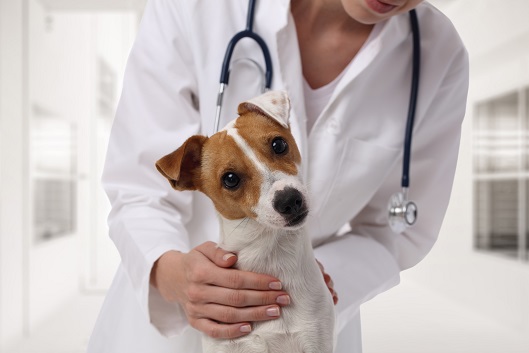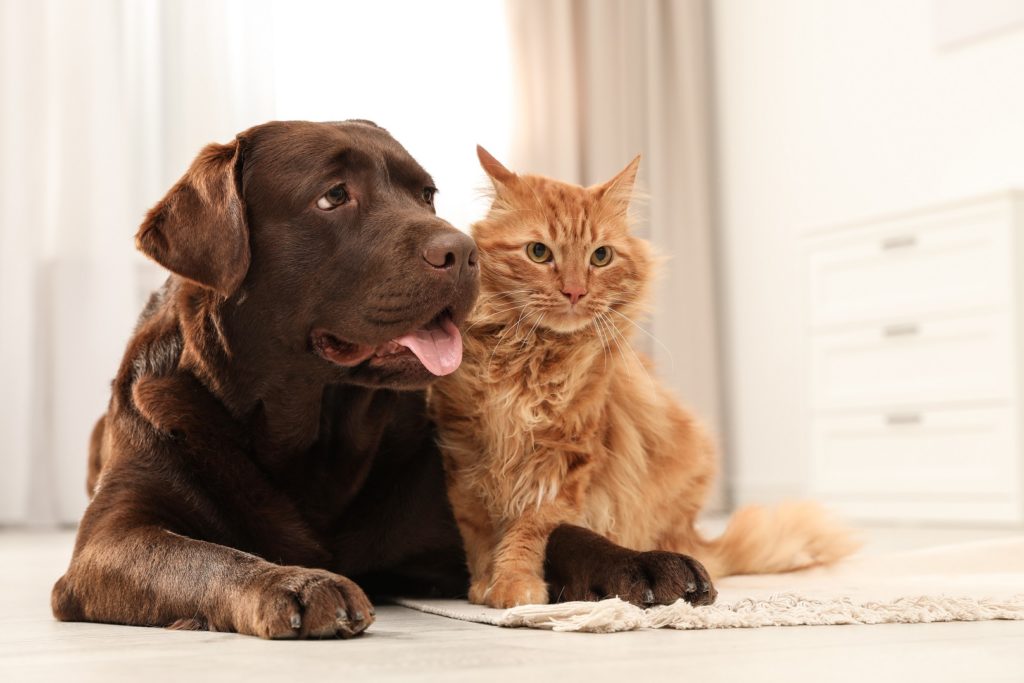VetStem Helps Dog with Partial Cruciate Ligament Tear
Unfortunately, it’s not an uncommon story. A dog is running and playing and suddenly starts limping or holding one of their back legs up as if hurt. Usually, a trip to the veterinarian is in order. That’s exactly what happened to Belle, a mixed-breed dog, who was approximately 9 years old when she injured her knee. A trip to her veterinarian revealed that she had partially torn her cruciate ligament and also had osteoarthritis in her left knee.
Cruciate Ligament Injuries in Dogs
Cruciate ligament rupture is one of the most common reasons for hind limb lameness, pain, and subsequent knee arthritis in dogs. Additionally, according to the American College of Veterinary Surgeons, 40-60% of dogs who injure one cruciate ligament will go on to injure the other cruciate ligament in the future. While there are multiple treatment options available, both surgical and non-surgical, treatment with stem cells may accelerate and improve healing within the joint.
VetStem Cell Therapy for Partial Cruciate Ligament Tears
Though full cruciate ligament tears often require surgical repair, partial tears can sometimes be treated successfully without surgery. Stem cells are regenerative cells that can differentiate into many tissue types, reduce pain and inflammation, help to restore range of motion, and stimulate regeneration of tendon, ligament, and joint tissues. Many dogs have received VetStem Cell Therapy for partial cruciate ligament tears and have experienced a better quality of life. Thus, Belle’s veterinarian, Dr. Jennifer Tate of Timberstone Vet, recommended treatment with VetStem Cell Therapy.
Belle Receives Treatment with VetStem Cell Therapy

To begin the process, Dr. Tate collected fat tissue from Belle’s abdomen during a minimally invasive anesthetic procedure. The fat tissue was shipped to the VetStem laboratory where lab technicians extracted and concentrated Belle’s stem and regenerative cells. Two stem cell injections were shipped to Dr. Tate for treatment while the rest were put into cryostorage. Approximately 48 hours after the initial fat collection procedure, Belle received one stem cell injection into her affected knee as well as one intravenous injection.
According to her owner, Belle had a great response to treatment with VetStem Cell Therapy. Her owner stated, “Choosing to do stem cell therapy for Belle was the best choice we could’ve made. Within a few months of treatment and recovery, she was back to her old self running and playing and patrolling her kingdom.” Approximately one year later, Belle received a similar stem cell treatment for her opposite knee. Using some of her stored stem cell doses from the initial procedure, Belle received one dose into her right knee and one intravenous dose. She recovered well from that procedure and, according to her owner, is a happy girl with great mobility.
If your dog has an injured cruciate ligament, speak with your veterinarian about the possibility of treating with VetStem Cell Therapy. Or contact us to receive a list of VetStem providers in your area.



